I made the mistake of reading thoroughly through each of the axioms and the small prompts for each of them, which made it incredibly difficult in finding one single quote to expand on.
At last, I chose this one:
La interfaz acumula trazas: rastros y restos de todos los (ag)entes que confluyen en ella
“Ask someone you trust to collect all traces stored on his/her computer and do the same. Exchange files and describe a character that fits this information. Do the same with someone you don’t know”
This specific proposition is incredibly powerful to me because it has a certain applicability to the sort of questions I have been asking myself recently about what it means to be a person in a world that has surveillance so thoroughly ingrained in our day to day life. Today, in between going through this reading, I came across this tweet and it really put into perspective just how pervasive the digital tracking and profiling of our identities comes into play. For one, many of our interactions with day to day websites will have some sort of trackers or ad trackers that either use scripts of code or literal images to profile your device for the sake of identifying you as a potential user or consumer. In a way, it is that “dystopian” future we often spoke about, where mass surveillance dominates our lives, and I often wonder how we look on the other side of the information conglomerates that own our interactions with the digital world. I don’t find this scary at all. How much of me as a person has become readily accessible and summarizable by the way my system interprets the pixels of an image? Is this bad? Should I revel in this and make myself as exposable as I can be or use only burner phones for the rest of my life? The idea of having an identity constructed by a set of identifiers that can be accessed in a sort of abstract way is something I have been considering, and I think with this I think a lot about who people become on the other side.
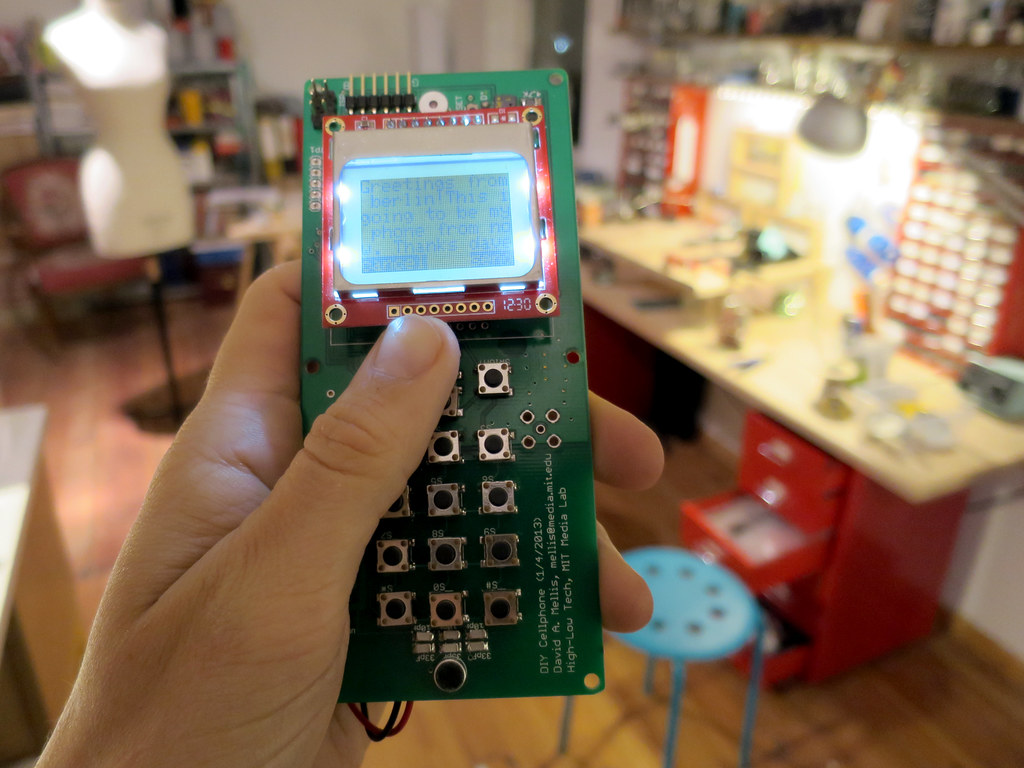


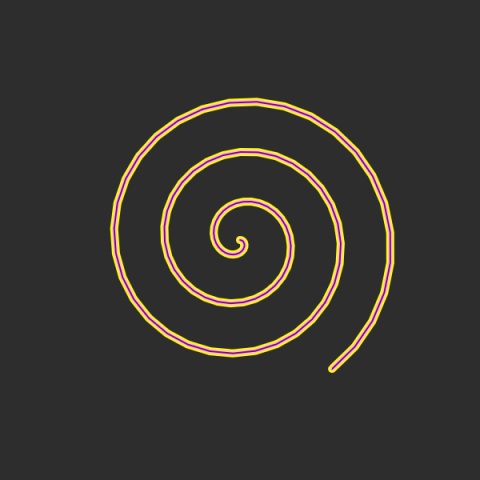
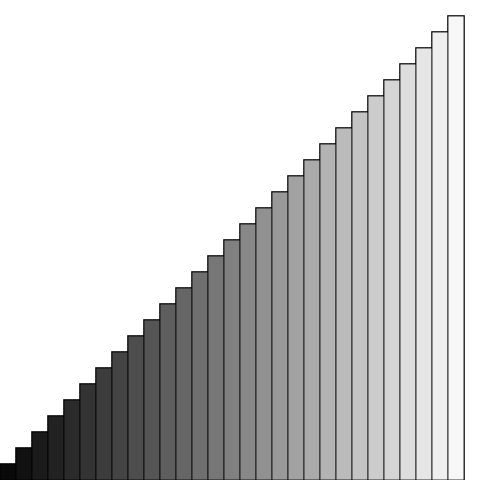
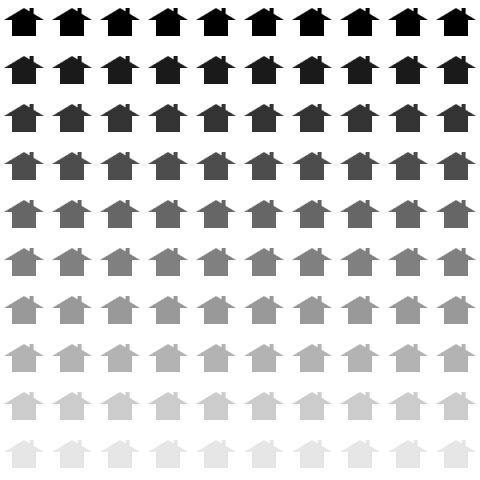
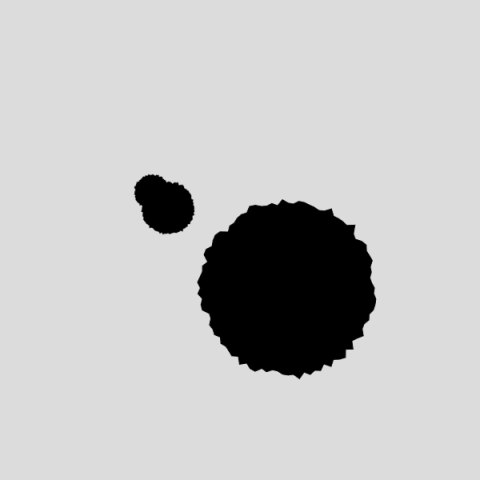
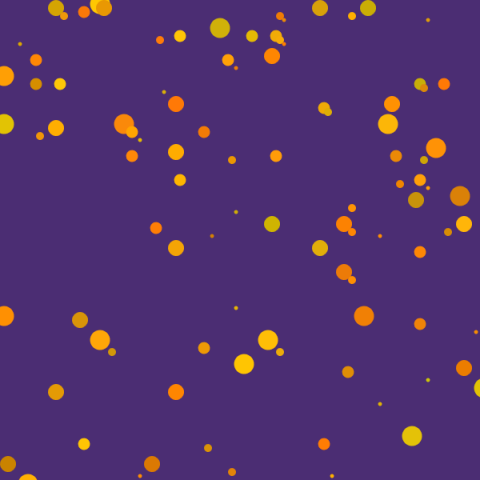
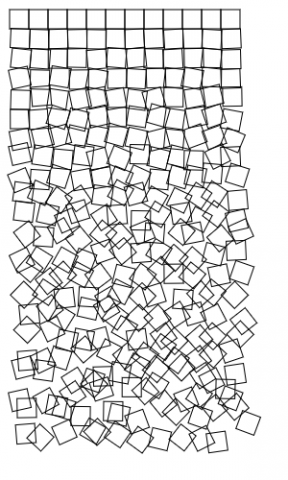
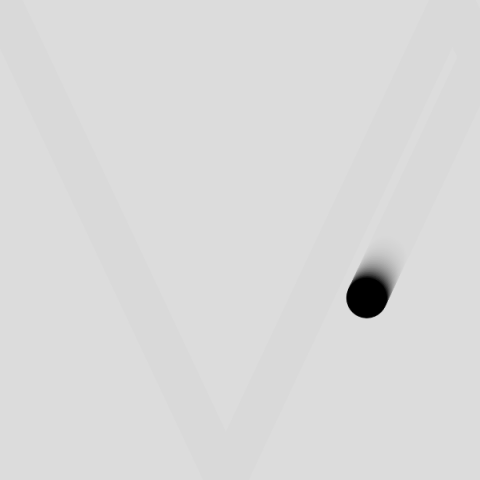
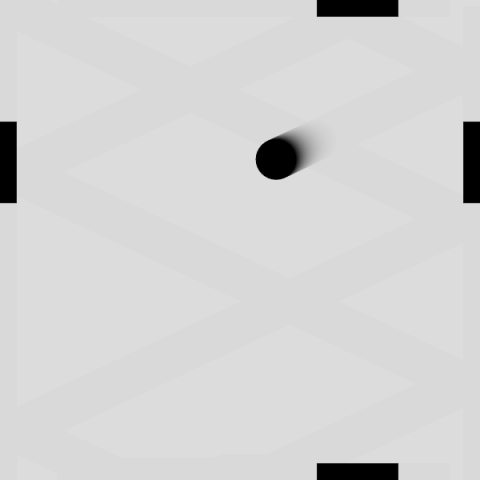
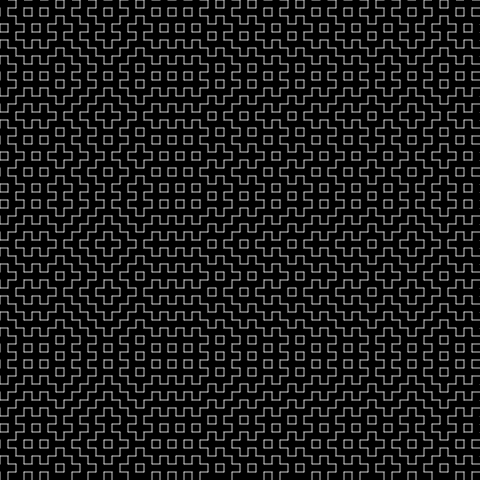
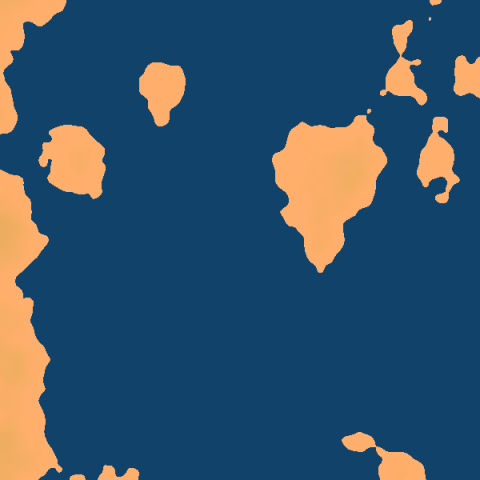
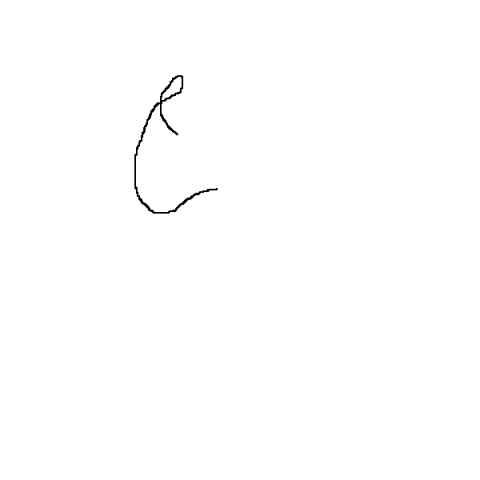

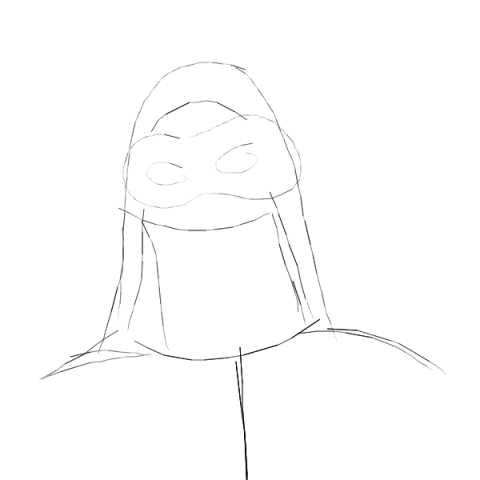

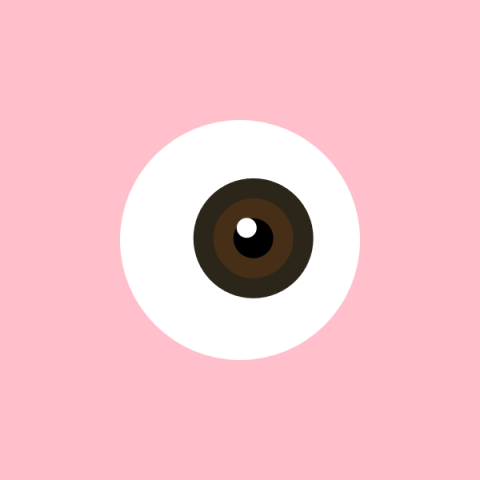
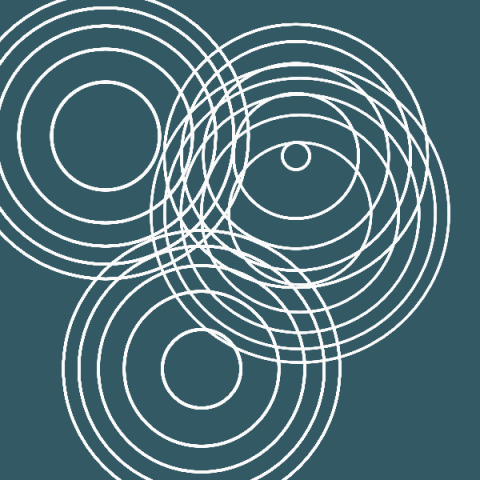

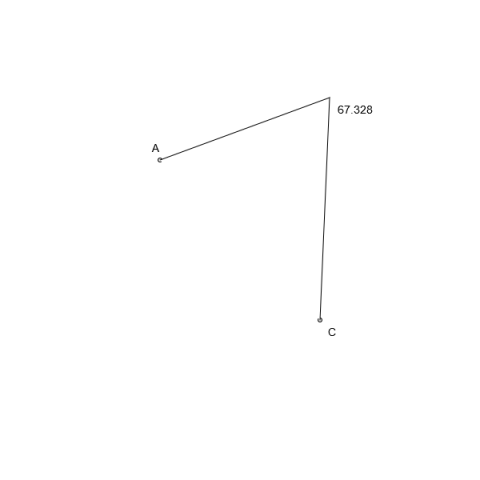
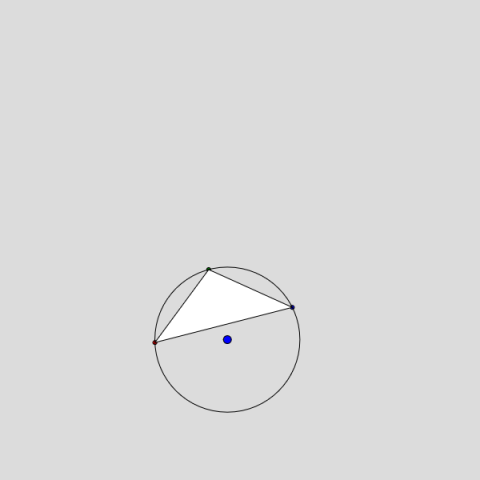
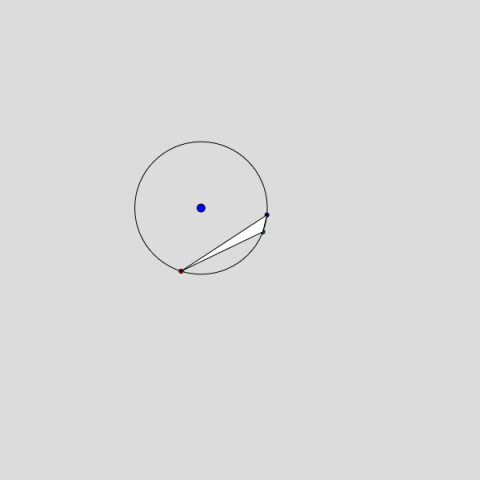
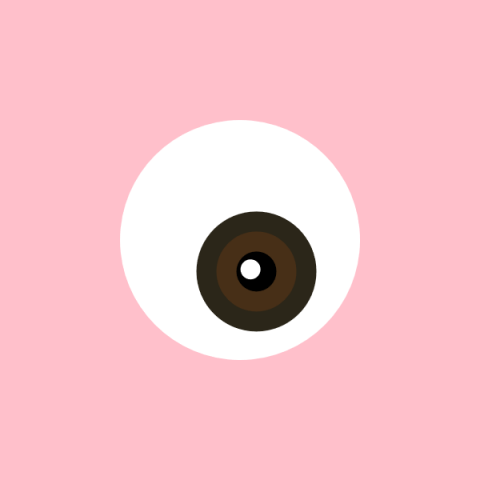

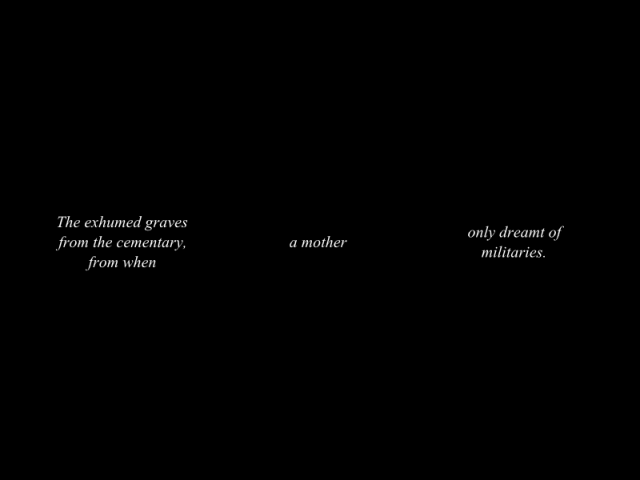

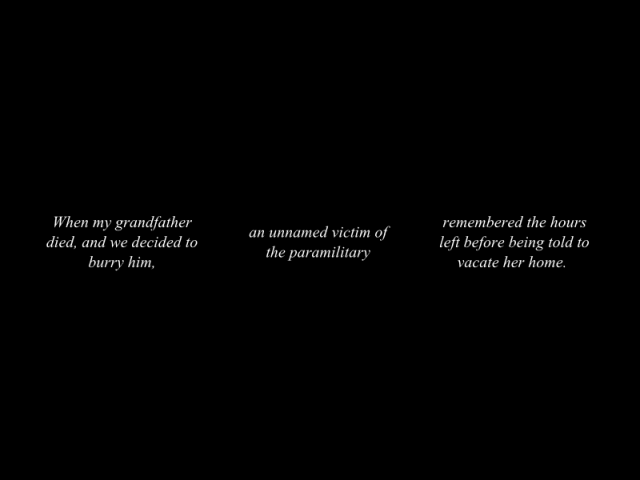



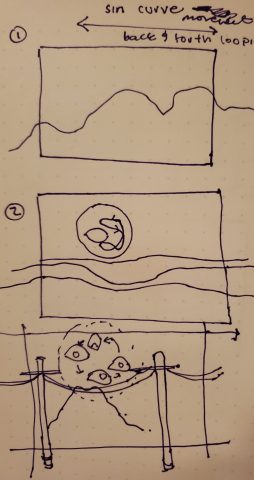
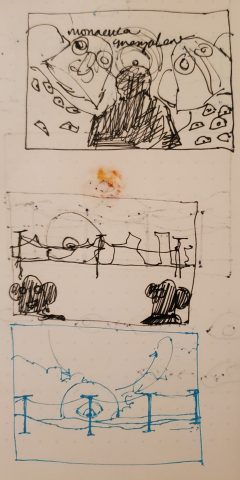
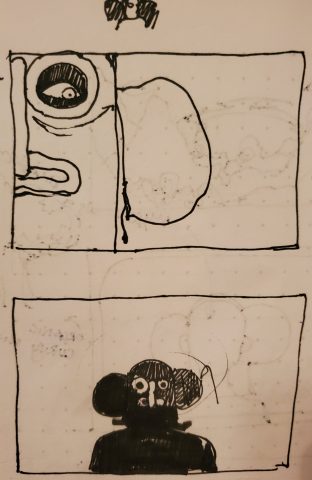
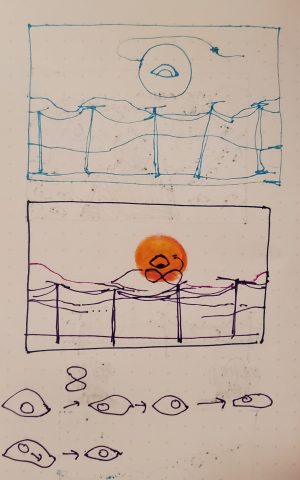
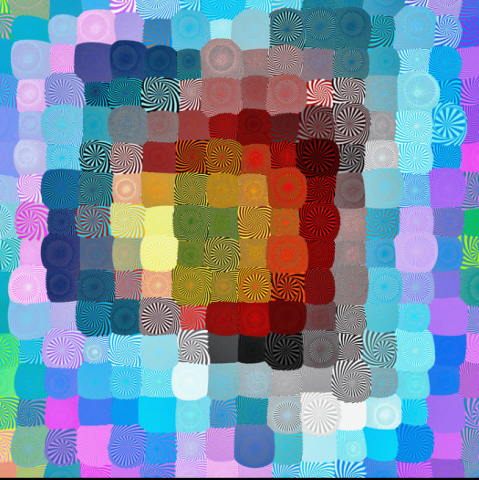 “cclchh” by Manolo ide
“cclchh” by Manolo ide